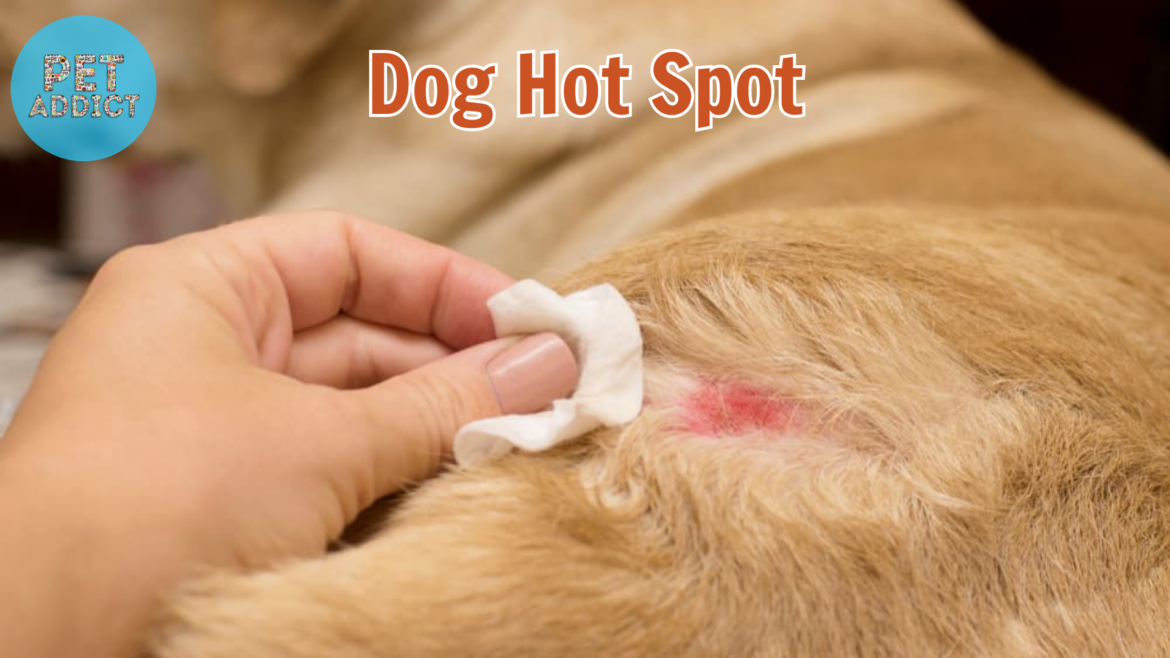Introduction: Understanding Dog Hot Spots
Dog hot spots, also known as acute moist dermatitis, are common skin irritations that can cause discomfort and distress in our canine companions. These localized areas of inflamed, irritated skin can appear suddenly and rapidly worsen if left untreated. In this article, we will explore the causes, symptoms, treatment options, and preventive measures for dog hot spots. By understanding these aspects, dog owners can effectively manage and alleviate their pets’ discomfort, promoting healthy and happy life.
PetAddict.net – The best place where you can find everything about your pet!
Recognizing the Symptoms of Dog Hot Spots
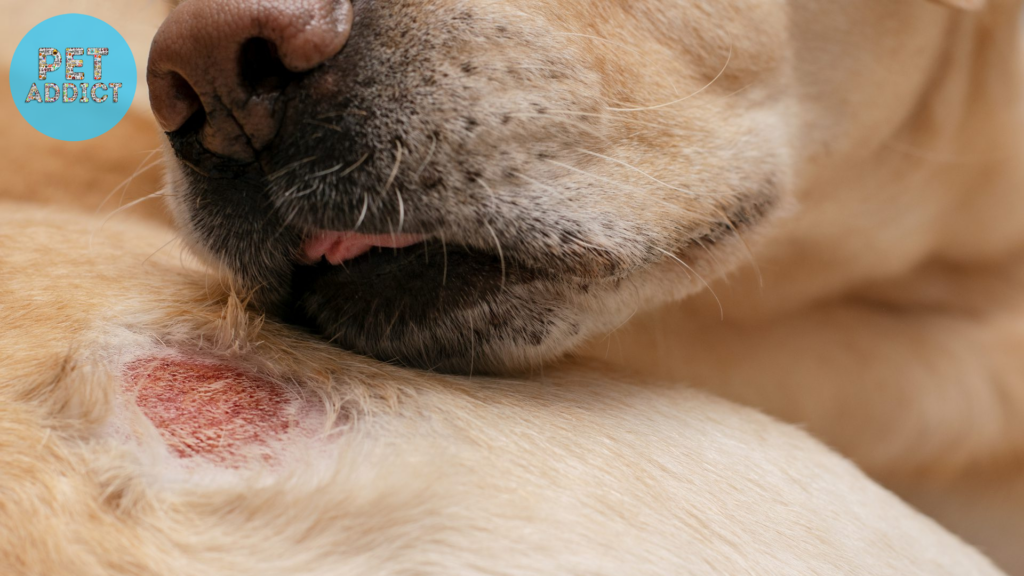
Recognizing the symptoms of dog hot spots is crucial for timely intervention and treatment. The following signs may indicate the presence of hot spots:
- Redness and inflammation: Hot spots typically appear as red, irritated patches of skin.
- Swelling and oozing: The affected area may be swollen and may ooze pus or clear fluid.
- Excessive licking and scratching: Dogs with hot spots often exhibit compulsive licking, scratching, or biting at the affected area due to discomfort.
- Discomfort and pain: Dogs may be restless, agitated, or exhibit signs of pain when hot spots are present.
Understanding the Causes of Dog Hot Spots
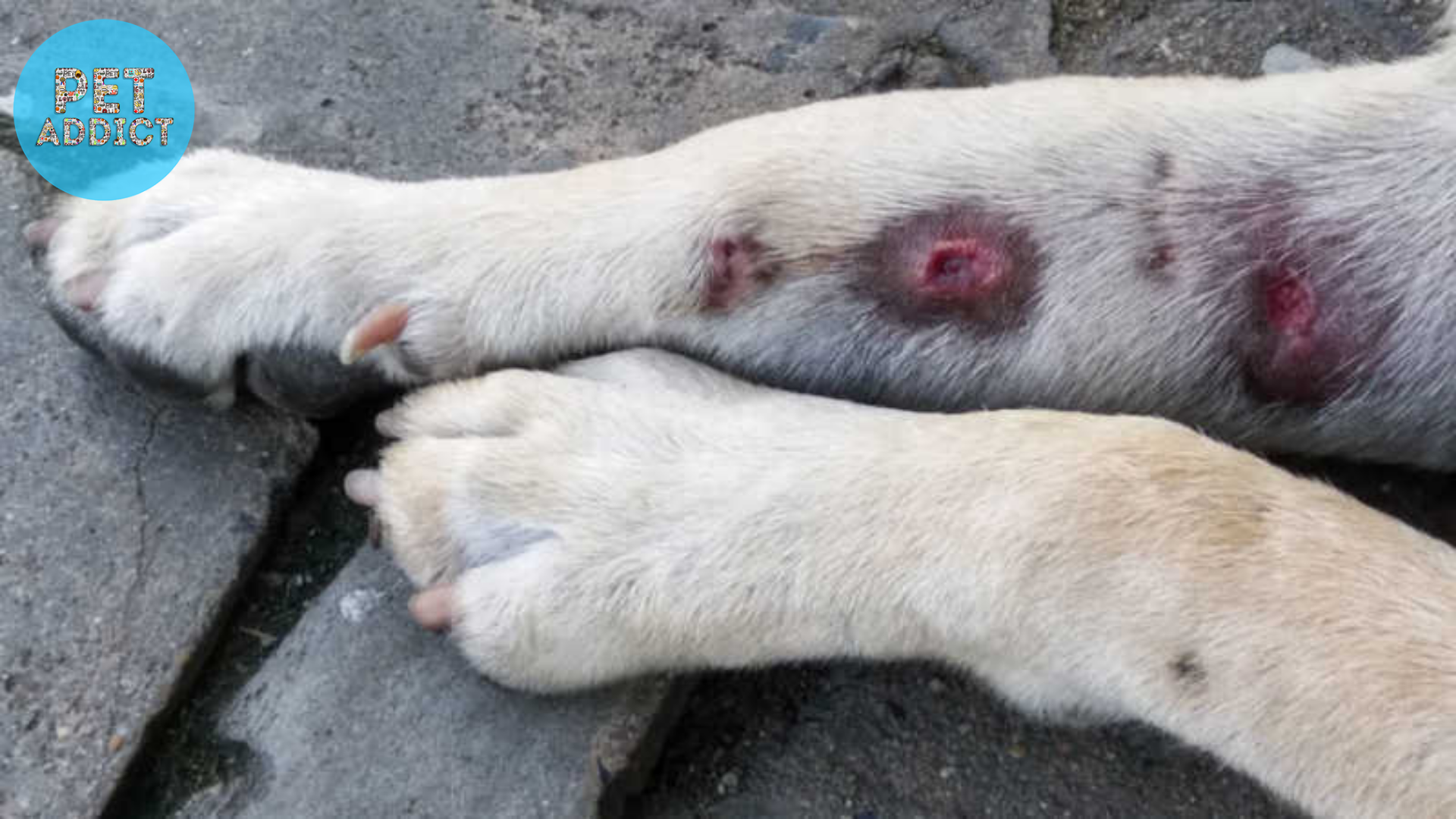
Dog hot spots can have several underlying causes. The most common factors contributing to hot spots include:
- Allergies and irritants: Dogs can develop hot spots as a result of allergies to food, environmental allergens, or contact with irritants such as grass, pollen, or certain chemicals.
- Poor grooming habits and moisture: Dogs with matted fur, excessive moisture, or poor hygiene practices are more prone to hot spots. These conditions create an ideal environment for bacterial or fungal growth.
Treating and Managing Dog Hot Spot
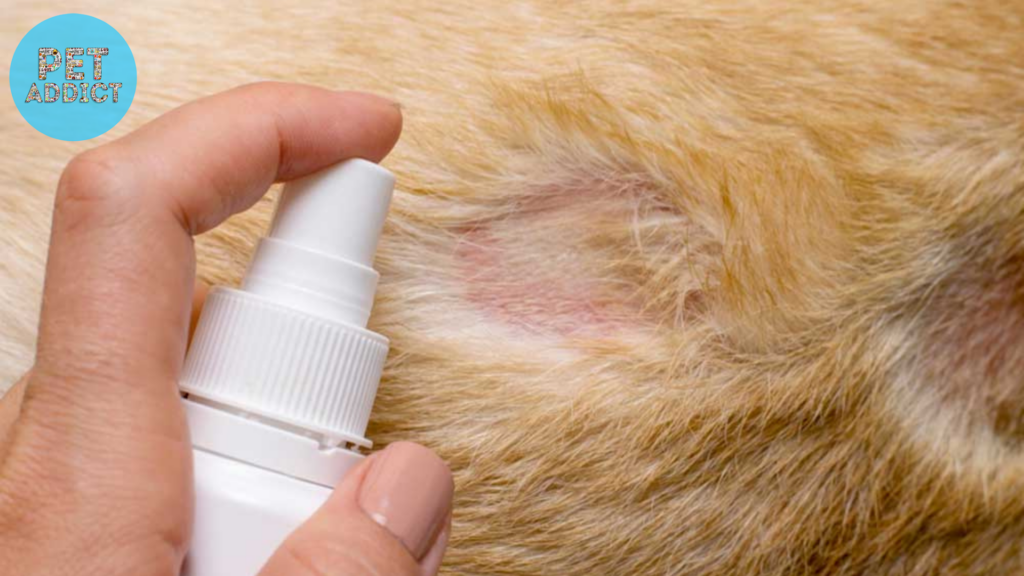
Proper treatment and management of dog hot spots are essential to relieve discomfort and promote healing. The following steps can be taken:
- First aid and immediate care: Trim the hair around the hot spot to allow airflow and gently clean the area with a mild antiseptic solution. Apply a pet-safe topical antibiotic or antiseptic cream to prevent infection.
- Veterinary intervention and prescribed treatments: If the hot spot does not show signs of improvement within a day or two, or if it worsens, seek veterinary care. A veterinarian may prescribe oral antibiotics, topical medications, or other treatments based on the severity and underlying cause of the hot spot.
Preventing Dog Hot Spot
Preventing dog hot spots is essential for the well-being of your pet. Here are some preventive measures to consider:
- Regular grooming and hygiene practices: Maintain a regular grooming routine to keep your dog’s coat clean and free of tangles or mats. Brushing helps remove loose hair and stimulates the skin.
- Allergy management and environmental control: Identify and manage any allergies your dog may have. Minimize exposure to potential allergens, keep the environment clean, and use hypoallergenic bedding or products when necessary.
Home Remedies for Soothing Dog Hot Spot
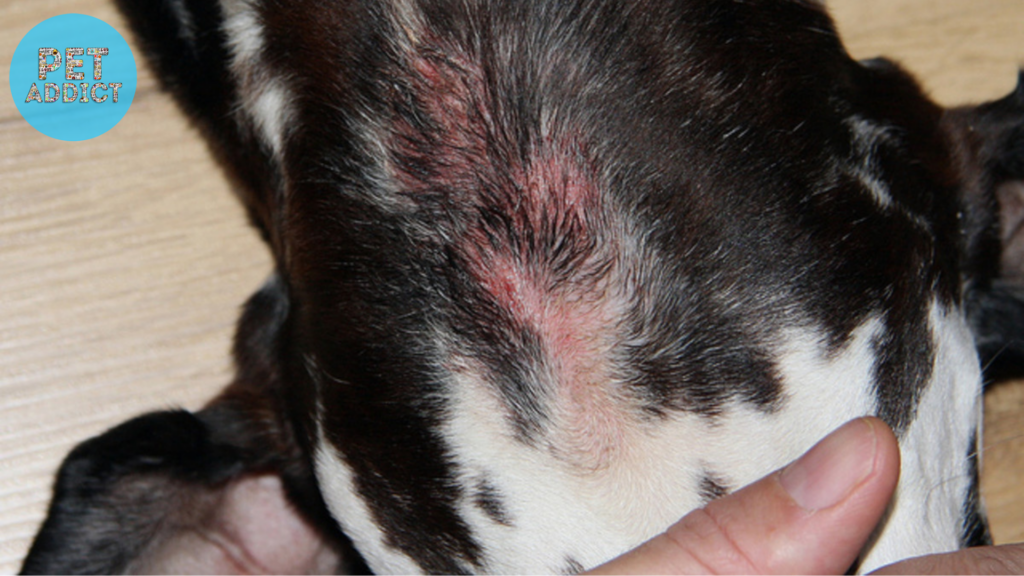
While professional veterinary care is crucial for treating hot spots, there are some home remedies that can provide temporary relief:
- Natural remedies for temporary relief: Aloe vera gel, coconut oil, or chamomile tea can help soothe irritated skin. Apply these remedies topically after cleaning the affected area.
- Herbal rinses and compresses: Herbal rinses or compresses made from diluted calendula or witch hazel can have a cooling and soothing effect on hot spots. Consult with a veterinarian or a holistic pet professional before using herbal remedies.
When to Seek Veterinary Care
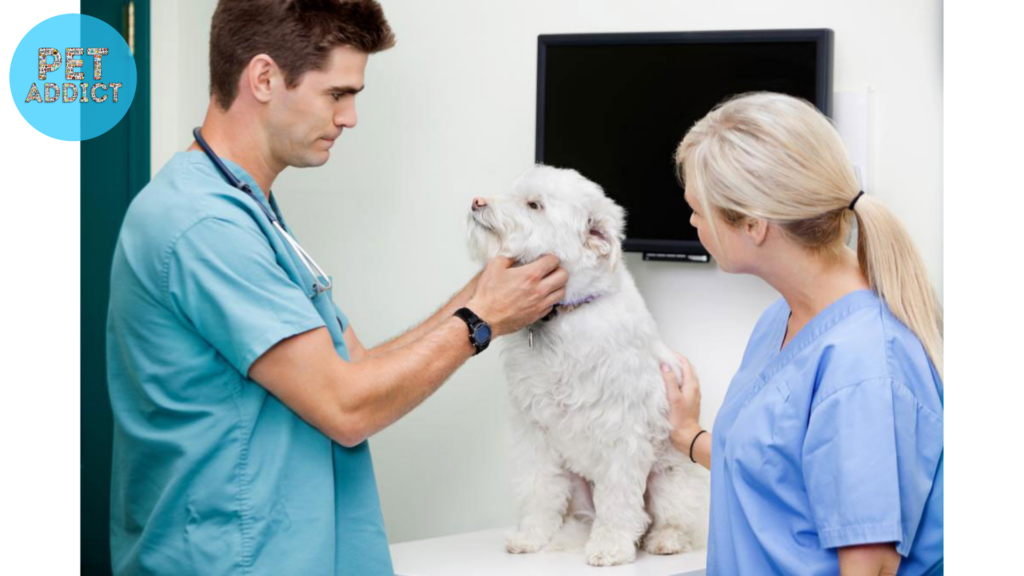
While minor hot spots can be managed at home, certain situations require veterinary attention:
- Signs of infection and complications: If the hot spot becomes infected, shows signs of worsening, or if your dog’s behavior deteriorates, seek veterinary care promptly.
- The importance of professional diagnosis: A veterinarian can accurately diagnose the underlying cause of the hot spot and provide appropriate treatment. This is crucial, especially if the hot spot is recurrent or chronic.
Conclusion
Dog hot spots can be uncomfortable and frustrating for both dogs and their owners. By recognizing the symptoms, understanding the causes, and taking appropriate measures for treatment and prevention, dog owners can effectively manage hot spots and provide relief to their pets. It is important to prioritize proper grooming, hygiene, and allergy management to minimize the occurrence of hot spots. However, if hot spots persist or worsen, professional veterinary care should be sought to ensure the best possible care and well-being for our canine companions.

